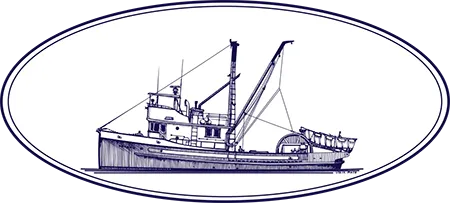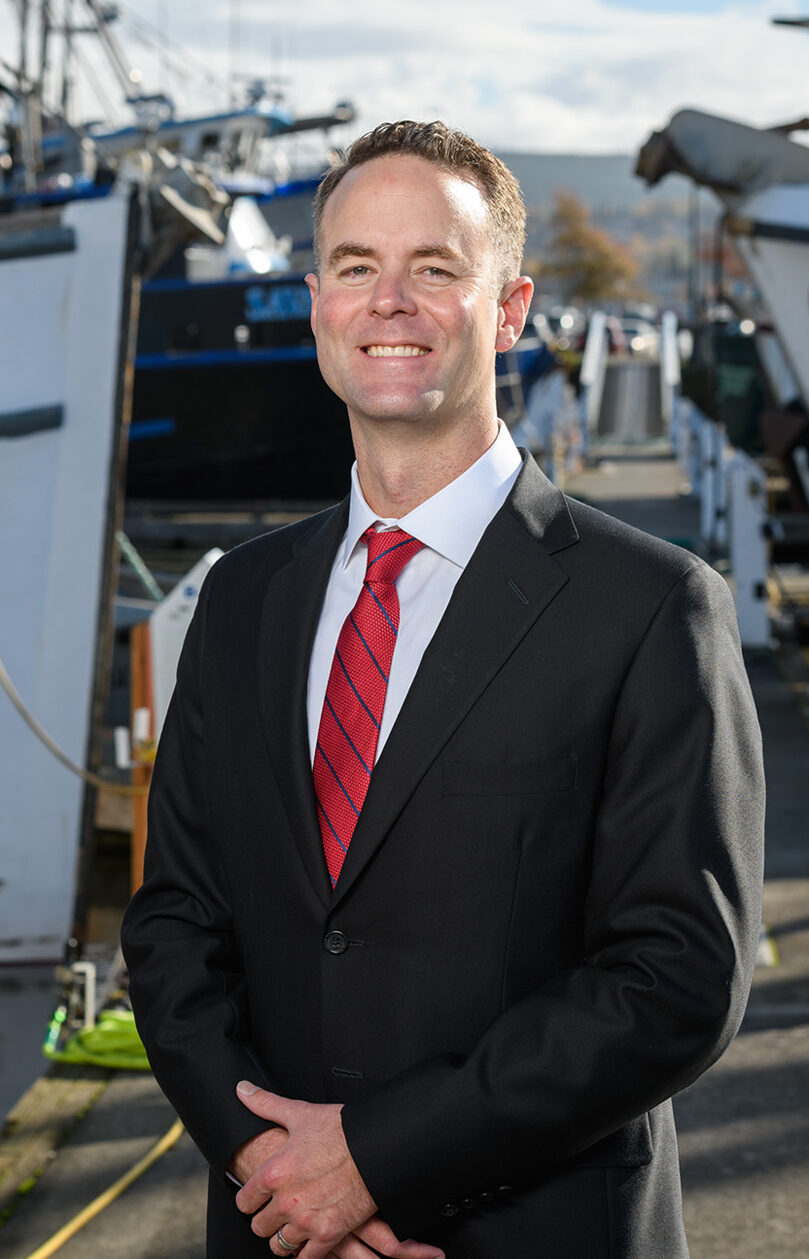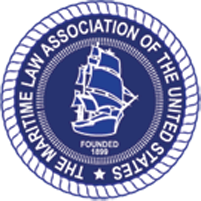Before the LADY MARY sank off Cape May, N.J., in 2009 with the loss of six lives, it had been structurally modified “without consulting a naval architect,” federal safety officials said.
The scallop trawler’s owners hadn’t assessed its stability. The crew didn’t realize the importance of keeping the vessel watertight during severe weather. And the vessel’s master failed to make an effective Mayday call, officials said.
Those findings were part of a National Transportation Safety Board report this month that made safety recommendations for the nation’s commercial fishing industry, which is waiting to see how they will be implemented and what they’ll cost to implement.
With the highest fatality rate among all U.S. occupations, the industry has generally welcomed the input.
The Lady Mary’s failings are frequently referred to in the NTSB report, which calls on the Coast Guard to establish new standards for commercial fishing industry vessels of 79 feet or less, including measures to improve stability, watertight integrity, and training. Vessels under 79 feet are lost at a higher rate, the Coast Guard has reported.
An NTSB investigation into the sinking of the 71-foot Lady Mary said it was caused by flooding through an access hatch left open during 10- to 12-foot seas, “contrary to safe shipboard practice.”
The report this month also recommended that ship owners install recovery devices to rescue anyone who has fallen overboard, and that crew members wear flotation aids at all times while on board and be trained in the use of all emergency equipment.
“While numerous laws have been passed to protect fishing grounds and fish populations, regulations to improve the safety of commercial fishermen are long overdue,” NTSB Chair Deborah Hersman said.
In the United States, on average, there were 158 deaths annually from 1992 to 2008 for every 100,000 commercial fishermen, compared with an average of four fatalities per 100,000 workers in all occupations.
The Coast Guard is responsible for offering any new regulations.
Some regulations may mean “more expense,” a Coast Guard spokesman stated.
Keith Laudeman, whose Cold Spring Fish & Supply Co. in Cape May owns boats and harvests scallops, said he’s in favor of “anything that promotes safety and can save a life.”
“The cost is minor compared to saving a life,” he said. “We are in a dangerous line of business.”
The sinking of the LADY MARY is just one more instance of a fishing vessel being modified without sufficient precaution taken to preserve vessel stability. Indeed, for the past 30 or more years, it has been the custom in the Alaska fishing industry to take hulls designed for service in the Gulf of Mexico and modify them for operation in the North Pacific. Often, these vessels were marginally stable before modification and became death traps after addition of weight aloft or changes in the hull configuration. The problems have been aggravated by loading of heavy deck cargo such as crabpots. A egregious example was a crabber northbound from Seattle which capsized in calm water immediately after passing through the locks connecting Lake Washington with Puget Sound.
A tragic case was the capsizing of the seine fishing vessel MISS LINDSAY in Bellingham Bay, Washington State. All hands were lost. In that case, as in many others, the lawfirm of Anderson, Connell & Carey retained an expert to assess the vessel’s stability characteristics at the time of the loss. The boat had been lengthened and a net drum added without benefit of stability analysis. The effect of the modifications rendered the boat with a load of salmon so unstable as to capsize in protected waters just a few miles from her home port in Bellingham.











